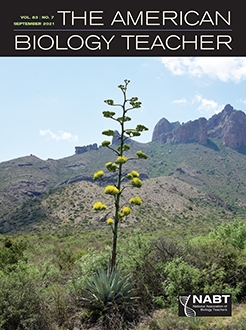Students often struggle to understand the full implications of some basic chemical concepts of DNA structure and function, especially how DNA's directionality and antiparallel nature determine key functional features of replication and molecular recombination. Visualizing the complexities of these processes requires a working knowledge of how DNA's nucleotides are assembled and how these components interact. This article describes a simple activity that can be used to visualize how nucleotides join together, how base pairs form, and, most importantly, how the active processes of replication and recombination are related to DNA chemistry. In this activity, students model DNA structure, with each student representing a single nucleotide, then join together to form a polynucleotide with 5′ to 3′ directionality. Two chains then pair to form the antiparallel DNA duplex. The activity not only illustrates the basic chemistry of DNA but also allows students to participate in active modeling of leading-strand and lagging-strand replication and in the formation of the Holliday junction molecule, the basic intermediate of recombination events including crossing over and gene conversion. The demonstrations can be videotaped from above to make a permanent copy of these events for teaching and study purposes. Example illustrations and links to videos are included.
How to translate text using browser tools
10 September 2021
DNA in Motion: A Student Exercise for Modeling Key Molecular Events
David A. Johnson
ACCESS THE FULL ARTICLE
It is not available for individual sale.
This article is only available to subscribers.
It is not available for individual sale.
It is not available for individual sale.

The American Biology Teacher
Vol. 83 • No. 7
September 2021
Vol. 83 • No. 7
September 2021
antiparallel DNA
DNA polymerase I
DNA polymerase III
DNA replication
heteroduplex
Holliday junction molecule
lagging-strand replication




